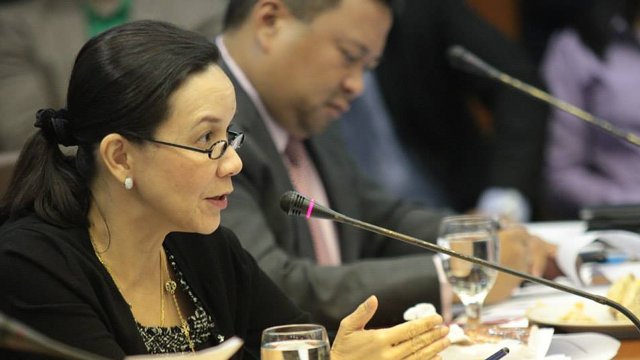SUMMARY
This is AI generated summarization, which may have errors. For context, always refer to the full article.

MANILA, Philippines – How prepared is the Philippine business sector for the economic integration of member countries of the Association of Southeast Asian Nations (ASEAN) in 2015?
Senator Grace Poe wants government agencies to brief Congress on the country’s preparations for ASEAN 2015 so it can pass laws that will protect the local industry.
Poe filed a resolution urging the Senate to look into how the Philippines can “maximize its potential” as the regional bloc aims to become a single market and production base by 2015 under the ASEAN Economic Community (AEC).
The senator said that a thorough study on the impacts of trade liberalization is needed to ensure that the concerns of the business sector are addressed.
“The Philippines needs to implement competition reforms to facilitate a level playing field as regards a well-designed regulatory framework with adequately resourced regulatory institutions, well-defined competition legislations and effective enforcement mechanisms for promoting fair competition,” Poe said in Senate Resolution 403.
Poe said that although the Philippine economy has been described as “Asia’s Emerging Tiger” and the 2013 third quarter GDP growth was at 7%, “the country continues to lag behind ASEAN neighbors in terms of economic development.”
“In order to protect the interest of local industries, regulatory legislation may be needed before the full implementation of the ASEAN Charter in 2015,” Poe said in a statement on Tuesday, January 14.
She said though that the Philippines has “a good potential to further grow and achieve economic stability,” citing government’s economic initiatives, political reforms and an improving fiscal situation.
The Philippines, along with ASEAN’s 9 other member states, committed to prepare for regional integration by 2015, with the AEC being one component.
ASEAN decided to create the AEC to deepen and broaden economic integration, requiring liberalization and cooperation among the members. (READ: A united region: The ASEAN Community 2015)
Besides the Philippines, ASEAN members include Indonesia, Malaysia, Singapore, Thailand, Brunei, Myanmar, Cambodia, Laos, and Vietnam.
‘Sectors like agriculture not yet competitive’
Poe’s resolution comes after the Department of Trade and Industry (DTI) said that many business sectors are prepared for the integration, but some like agriculture are not yet competitive.
In a Manila Bulletin report, DTI Undersecretary Adrian Cristobal Jr said that the loss of tariff protection could hurt agriculture, particularly the sugar industry.
Cristobal said that ASEAN accounts for 20% of Philippine trade, as the country shifts its focus from traditional markets like the United States, Europe, Japan, and China.
Yet the Philippine Chamber of Commerce and Industry (PCCI) said last December that the Philippines is not yet ready for ASEAN integration. It urged the government to fast-track the implementation of infrastructure projects to make the transport system and trade efficient.
In a Business Mirror report, the business group said the government must ensure adequate and “cost-competitive” fuel and power costs, and the rehabilitation and reconstruction of airports and seaports so the country can accommodate more foreign tourists and goods.
The PCCI also expressed concern that small and medium enterprises or SMEs may be ill-prepared for integration. It called on the government to push for stronger financing schemes to help them become competitive.
PCCI vice chairman Donald Dee said that infrastructure, the high cost of logistics, and the need for improved transportation systems are a concern for ASEAN countries preparing for integration.
In an essay for Rappler, foreign affairs research specialists Julio Amador III and Joycee Teodoro also noted that ASEAN must address poor infrastructure and the slow implementation of AEC commitments.
“The AEC can bank on ASEAN’s strengths such as the region’s strategic location, its vibrant population which is estimated at 600 million, abundant natural resources, young work force, among others.”
The authors said that even before the AEC, the ASEAN has been gearing up for deeper integration by aiming to reduce and eliminate tariffs with the creation of the Common Effective Preferential Tariff for the ASEAN Free Trade Area (AFTA) in 1992. – Rappler.com
Add a comment
How does this make you feel?
There are no comments yet. Add your comment to start the conversation.